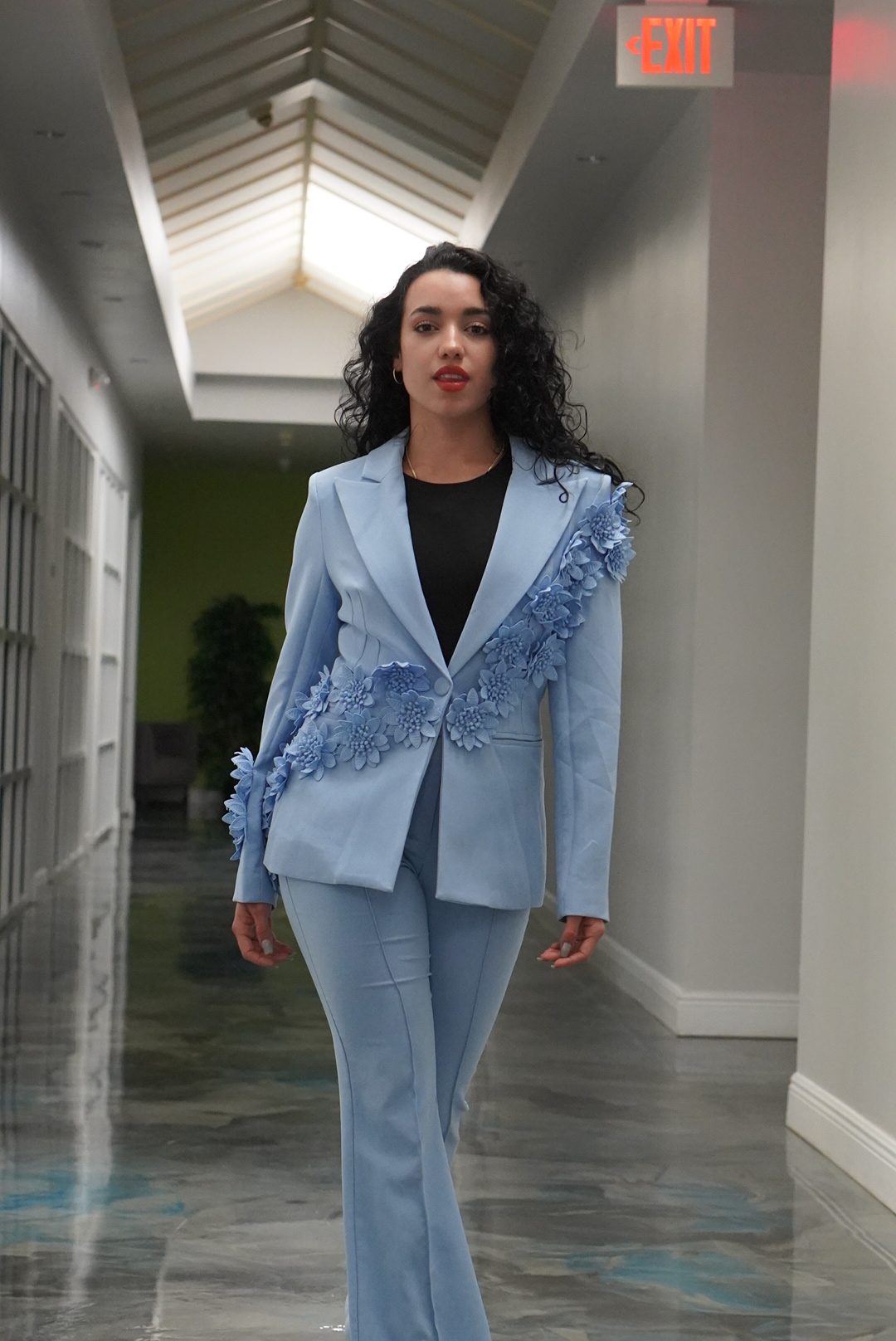Health
Increasing Pollution Levels in the Urban Areas is Found to be the Leading Cause of Hair Loss in Women

A global health survey has highlighted the rising pollution levels in the urban areas is the leading cause of hair loss in women. Many results derived from the survey indicated that a lot of women are facing hair loss problems due to plenty of reasons but the common one is the increasing pollution in the environment. Due to this, both young and old women are consulting hair treatment experts in order to fix this health issue.
As the problem of hair thinning and loss among women has become quite common in today’s time, they are developing insecurities based on their appearance. In addition to this, it has been observed that women are trying various home remedies to get rid of their hair loss and thinning problem. Many hair experts suggested women through the survey to make use of Minoxidil solution due to its effectiveness in treating hair loss problems and contributing to new hair growth.
In addition to this, many trichologists have suggested Hair Restoration Laboratories’ Ultra Strength Hair Regrowth Treatment to women suffering from hair loss and thinning issues. This product contains minoxidil which enhances hair growth and prevents hair loss.
A lot of hair experts have endorsed the positive results that this product offers for maintaining hair health. Apart from containing 5% minoxidil, there are plenty of other ingredients present in this product that help to block the harmful effects of DHT, a hormone that plays a prominent role in leading to female pattern hair loss.
Health
Addressing Common Myths About Vitamins and Supplements by Amanda Tirado

The wellness industry is filled with advice about vitamins and supplements, but not all of it is accurate. Many people rely on supplements for better health, but misunderstandings about how they work can lead to wasted money or even potential harm. Amanda Lorena Tirado, founder of Xmy, is passionate about educating people on making smarter supplement choices. Her company focuses on high-quality, effective products while also giving back to the community through charitable initiatives. Let’s break down some of the most common myths about vitamins and supplements so you can make informed decisions.
One of the biggest myths is that all supplements work the same way, regardless of how they are taken. Many don’t realize that traditional pills and capsules have to pass through the digestive system, where stomach acid and enzymes break them down. This can significantly reduce the amount of nutrients your body actually absorbs.
In contrast, oral strips and liquid supplements enter the bloodstream more quickly, making them more effective. For example, vitamin B12 is often poorly absorbed in pill form but is much more bioavailable in liquid or sublingual forms. Choosing the right delivery method is just as important as picking the right supplement.
Another misconception is that supplements can replace a healthy diet. Many people assume taking a daily multivitamin covers all their nutritional needs, but that’s not how the body works. Supplements are designed to support a good diet, not replace it. Whole foods provide more than just vitamins, they contain fiber, antioxidants, and other compounds that work together to benefit your health.
For example, an orange does not just offer vitamin C. It also provides fiber, flavonoids, and other nutrients that enhance absorption and support overall health. Research has shown that people who get their nutrients from food rather than supplements tend to have better long-term health outcomes. So while supplements can help fill gaps in your diet, they should not be your primary source of nutrients.
Many people also assume that if a supplement is labeled as “natural,” it must be better and safer. But that’s not necessarily true. The term “natural” is often used as a marketing tool rather than an indicator of quality or safety.
Some natural ingredients can be harmful, especially in high doses or when mixed with certain medications. On the flip side, some synthetic nutrients are actually more stable and easier for the body to absorb. The key is to choose well-researched, high-quality supplements from reputable brands rather than relying on misleading labels.
Another dangerous myth is that taking more vitamins means better health. Some believe that if a little is good, a lot must be even better, but that’s not always the case.
Certain vitamins, especially fat-soluble ones like A, D, E, and K, can build up in the body and become toxic if taken in excessive amounts. Too much vitamin A, for example, can lead to liver damage, while excessive vitamin D can cause kidney problems. Even water-soluble vitamins like B-complex and C can cause side effects in very high doses, such as nerve issues or stomach discomfort. Moderation is key when it comes to supplementation.
At Xmy, the focus is not just on convenience, it’s about real impact. The company is committed to producing supplements that prioritize effectiveness and bioavailability. But their mission goes beyond selling products.
Misinformation about supplements is everywhere, but being informed is the best way to make smarter health choices. The way a supplement is absorbed matters as much as what’s in it. A balanced diet is still the foundation of good health, and more vitamins don’t always mean better results.
Xmy is changing the way people think about supplements. Amanda and her team believe that good health is not just about what you take, it’s about making informed choices and supporting brands that genuinely care. Choosing the right supplements means choosing a brand that stands for something bigger. With Xmy, you are not just improving your health, you are supporting a company that is making a real difference.
-

 Tech5 years ago
Tech5 years agoEffuel Reviews (2021) – Effuel ECO OBD2 Saves Fuel, and Reduce Gas Cost? Effuel Customer Reviews
-

 Tech6 years ago
Tech6 years agoBosch Power Tools India Launches ‘Cordless Matlab Bosch’ Campaign to Demonstrate the Power of Cordless
-

 Lifestyle6 years ago
Lifestyle6 years agoCatholic Cases App brings Church’s Moral Teachings to Androids and iPhones
-

 Lifestyle5 years ago
Lifestyle5 years agoEast Side Hype x Billionaire Boys Club. Hottest New Streetwear Releases in Utah.
-

 Tech7 years ago
Tech7 years agoCloud Buyers & Investors to Profit in the Future
-

 Lifestyle5 years ago
Lifestyle5 years agoThe Midas of Cosmetic Dermatology: Dr. Simon Ourian
-

 Health7 years ago
Health7 years agoCBDistillery Review: Is it a scam?
-

 Entertainment6 years ago
Entertainment6 years agoAvengers Endgame now Available on 123Movies for Download & Streaming for Free
